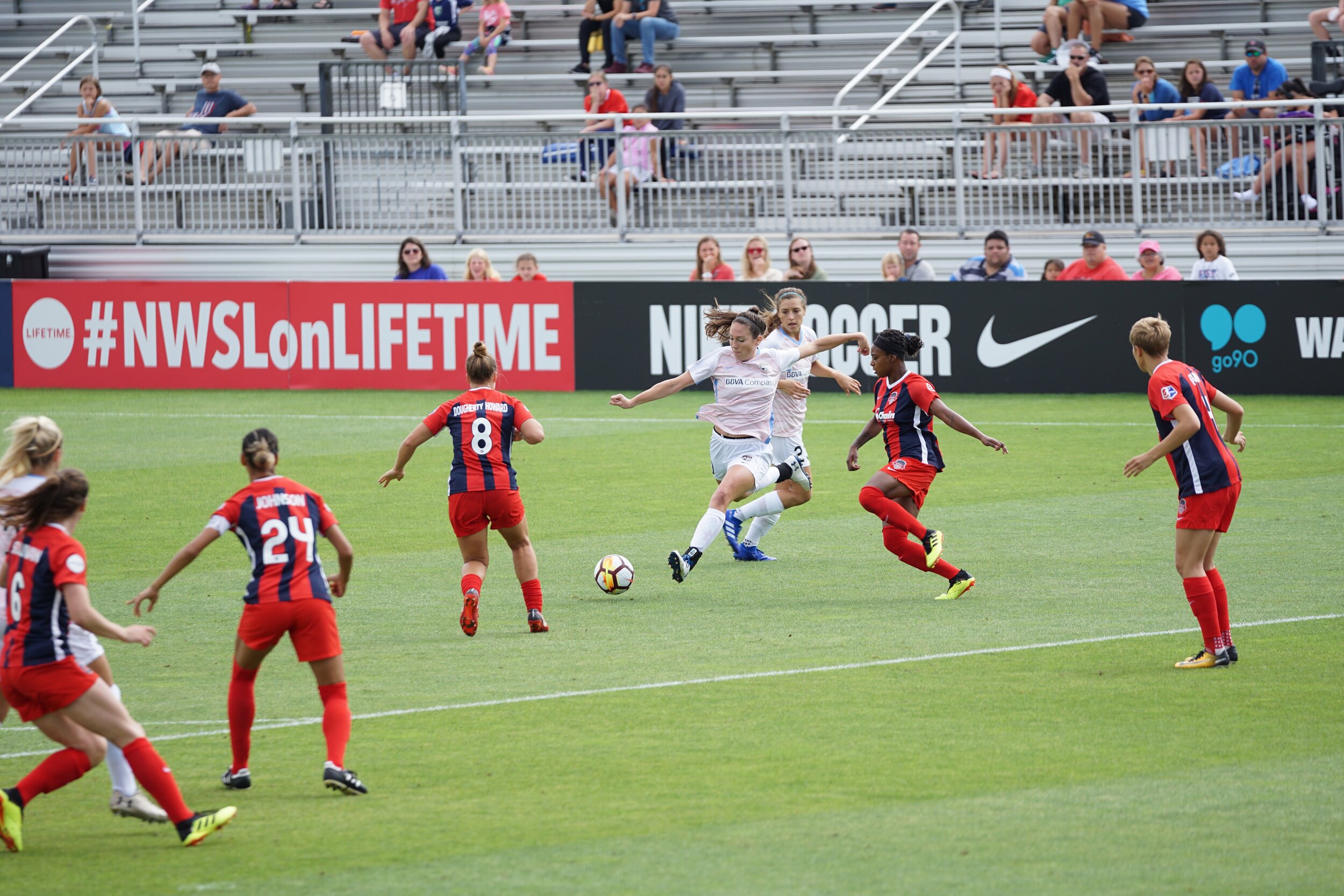Humankind has created innumerable advances in technology, science, and architecture. One of the architectural cornerstones that dates back to over 5,000 years is concrete. It has been used as support for buildings, aqueducts, sewers, streets, and bridges. These engineering feats credit how strong and durable concrete can be. However, the fact remains: concrete is unforgiving, hard, and abrasive.
Humans were meant to thrive on soft surfaces such as grass and dirt. Sure, there are examples of humans living in caves and rocky areas, but their living spaces were covered in furs and pelts to create a softer environment. Even in today’s modern world, people gravitate towards tactile, soft finishes or materials with some amount of give. It's why we put area rugs over hardwood floors.
Free play is heightened living; faster, rougher, wilder. There is less planning and less caution, so softer surfaces protect play from getting too fast, too rough, and too wild. Playgrounds are a good example of this. Years ago, playgrounds were surfaced with that unforgiving, hard, abrasive concrete until people realized there was a better alternative that allowed for play as it was meant to happen. They realized humans weren’t designed to play on concrete.
Can you imagine if preschools, daycares, living rooms, indoor basketball courts, and soccer fields were covered in concrete instead? Not only would it be uncomfortable, but there would be exponentially more scraped knees, broken bones, shin splints, bruises, and concussions.
There are practical examples where you can’t solve every issue with an area rug. Tile and impermeable surfaces make sense in bathrooms, locker rooms, and around pools for hygienic purposes. Many softer solutions, often made for dry play, have been tried in these areas only to degrade over time or harbor growth of bacteria and mold. Thankfully hygienic aquatic safety surfacing has been introduced and adopted by the industry over the last decade. With the innovation of this type of safety surfacing, these areas can be cushioned with a product that offers the same impermeability as traditionally harder surfaces.
Life Floor fills the need for more human-friendly materials in aquatics with the material properties required for the specific needs of these environments. Soft and impermeable. Textured for slip-resistance, but not abrasive. Third party tested by NSF International.
Want to feel the difference of a Life Floor tile? Order a sample today.








